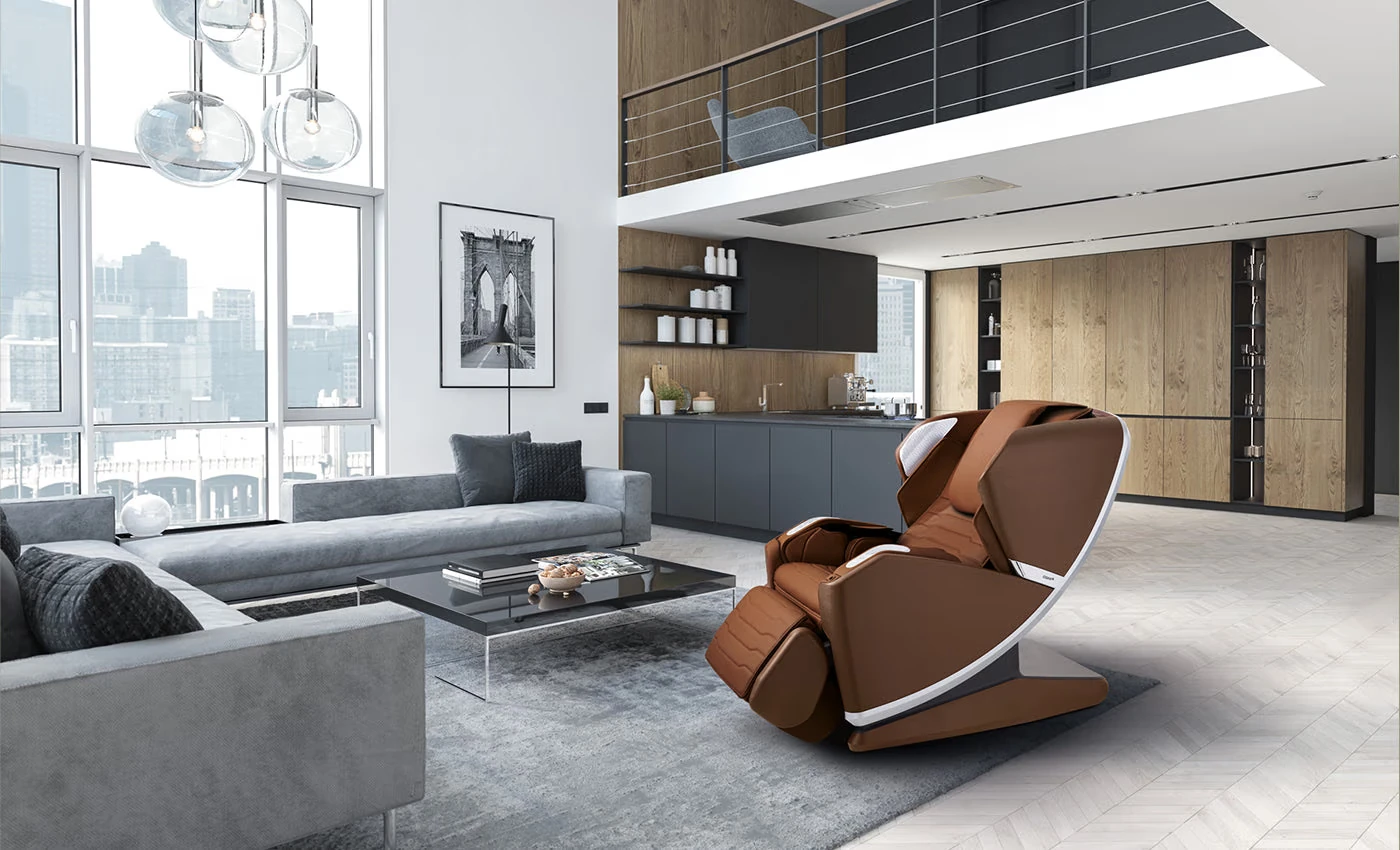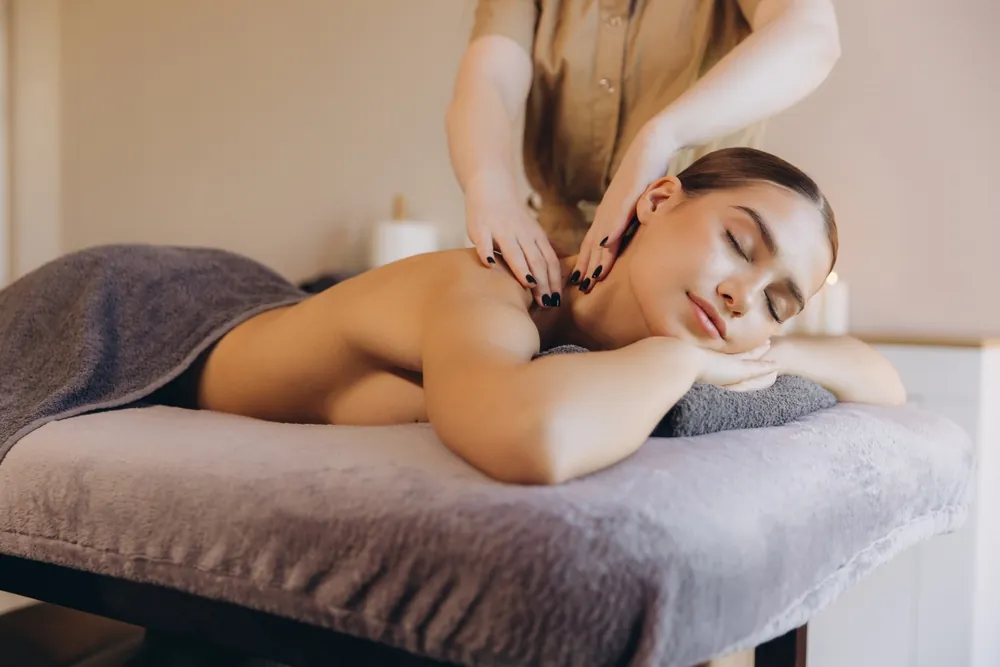Relaxation, recovery, and stress relief have shifted from occasional indulgences to everyday needs. With more people investing in home wellness, the key question is no longer whether a massage chair is useful, but which type will truly serve you best. An AI massage chair offers a personalised experience that adapts to your body in real time, while a traditional massage chair delivers dependable comfort with straightforward controls.
This guide explains how the two compare, which features actually matter, how to assess pricing and value, and how to choose the right model for your lifestyle, space, and budget.
The Evolution from Mechanical Rollers to Smart Comfort
Early massage chairs relied on simple rollers and vibration. They brought momentary relief but could not replicate the techniques of a skilled therapist. As technology advanced, preset programmes, heating pads, and smoother recline mechanisms transformed them into the traditional massage chairs still popular today.
The next leap has been the integration of software, sensors, and adaptive algorithms. An intelligent massage chair no longer runs a rigid routine. Instead, it scans your body, detects areas of tension, and refines pressure dynamically. Over time, the chair “learns” your habits, creating a massage experience that feels less mechanical and more personal.
What Sets an AI Massage Chair Apart
The most noticeable differences appear in five areas:
- Body scanning: Sensors map shoulder height, spine curvature, and posture to align rollers precisely where they are needed.
- Adaptive pressure: Real-time tension detection allows the chair to adjust pressure and roller paths automatically.
- Learning over time: Machine learning algorithms refine sessions based on what you use most often or skip.
- Smart controls: App connectivity, voice activation, and user profiles make operation effortless in multi-user households.
- Technique variety: Shiatsu, kneading, tapping, rolling, stretching, and compression, with granular intensity levels.
By contrast, a traditional massage chair uses preset programmes, basic controls, and manual adjustments. Effective, yes, but not responsive.
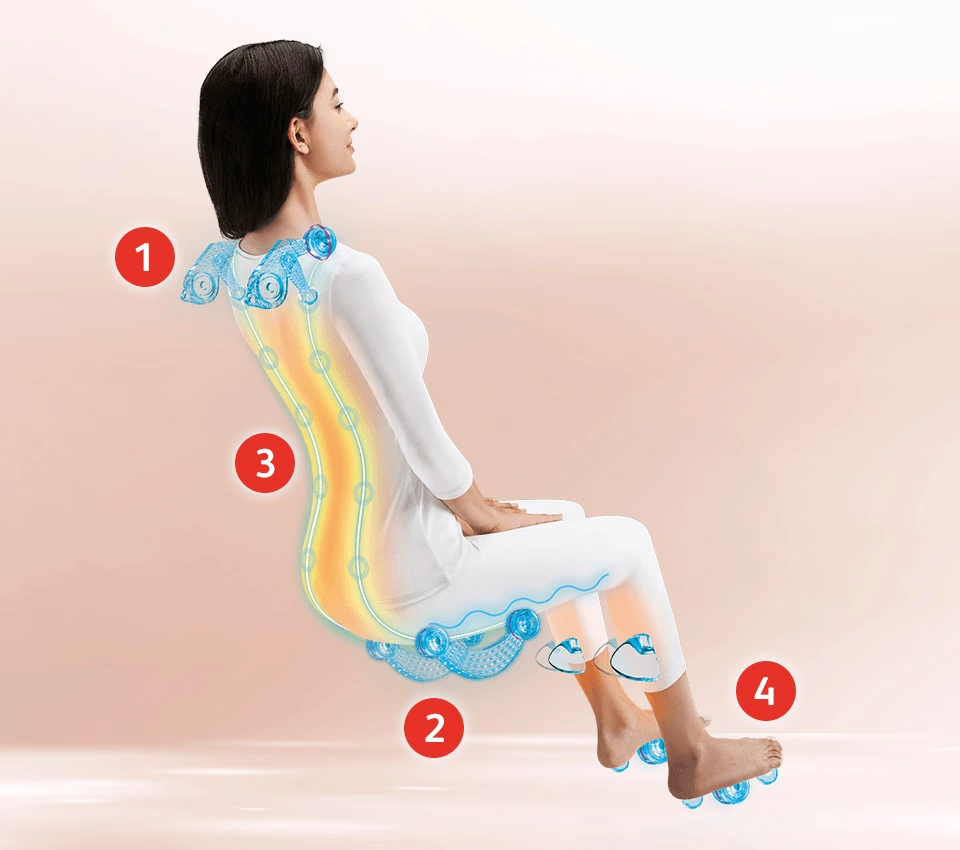
Features That Actually Matter
Shoppers often feel overwhelmed by spec sheets. These are the features that make a daily difference:
- Accurate body scan or roller placement for neck-to-lower-back coverage
- An extended roller track that reaches beyond the lumbar area
- Airbag compression for calves and feet, especially for athletes or people on their feet all day
- Heat therapy in the lumbar, back, or calves for muscle relaxation
- Intuitive controls you can adjust without breaking relaxation
- User profiles for multiple people to use the same chair
Whether choosing a smart massage chair or a traditional one, the principle is the same: a few features you will use daily are worth more than an overstuffed list you will ignore.
Pricing and What You Get at Each Tier
Understanding value requires more than just numbers. It is also about what each tier typically offers.
- Entry-level (£1,000 to £2,000): Compact chairs with basic rollers, limited recline, and maybe heating. Good for casual use or small spaces.
- Mid-range (£3,000 to £5,000): Full-size chairs with extended roller tracks, multiple presets, airbags for calves and feet, and reliable heating. Many traditional massage chairs fall here.
- High-tier AI (£6,000 to £8,000): Advanced adaptive models with scanning, machine learning, app control, voice commands, and broader technique libraries.
The takeaway: If you just want reliable warmth and kneading after a long day, a traditional mid-range chair may deliver the best value. If you will use the chair daily and want it to adapt, the premium of an adaptive massage chair often pays for itself in comfort and convenience.
The Science of Why Massage Chairs Work
Massage is not just about relaxation. It has measurable physiological effects. When rollers and airbags apply pressure, they stimulate blood circulation, which helps deliver oxygen and nutrients to tired muscles. This process also supports lymphatic drainage, removing waste products that build up after physical activity.
AI massage chairs can enhance these effects because they adjust in real time. If sensors detect stiffness in your shoulders, the rollers may slow down and apply deeper force in that area, encouraging tissue release. Traditional chairs still improve circulation and reduce stress hormones like cortisol, but they deliver the same routine each time, which may not match your body’s specific needs on a given day.
In both cases, the benefits accumulate with consistent use. Daily sessions can improve sleep, reduce soreness, and support long-term recovery.
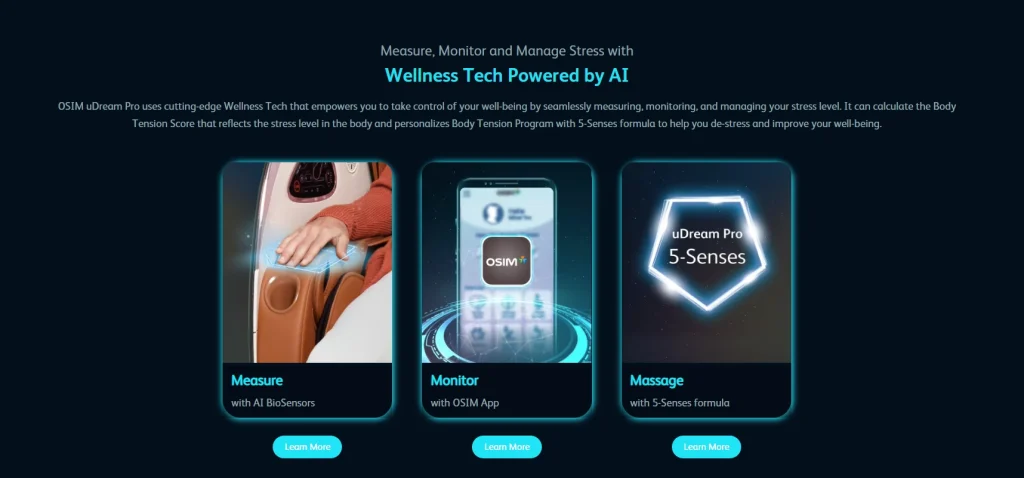
Matching Chair Types to Different Lifestyles
The right choice depends on how you live, not just the technology.
- Office workers: An AI massage chair is effective for posture-related discomfort that changes daily. Traditional chairs may feel repetitive if your tight spots move around.
- Athletes: The broad technique library of AI models supports recovery with compression, stretching, and deep tissue routines. Traditional chairs with strong kneading and heating still provide valuable relief on a smaller budget.
- Elderly users: Many seniors prefer simplicity. A traditional massage chair with large buttons and reliable heating may be easier to operate. Some AI chairs include senior-friendly modes with gentler intensity.
- Families: In multi-user homes, AI chairs excel because of profile saving. One person can store a calming routine while another saves a vigorous one. Traditional chairs require manual adjustment each time.
Thinking in terms of lifestyle groups makes it easier to see which features will genuinely matter in everyday use.
Everyday Benefits and Lifestyle Fit
Both chair types can help with:
- Reducing stress hormones such as cortisol
- Improving circulation through kneading and compression
- Easing delayed-onset muscle soreness after training
- Enhancing sleep quality through consistent relaxation
Where an AI massage chair shines is in consistency. Because the sessions feel customised, you are more likely to stick to a routine. And consistency is what unlocks lasting benefits.
Scenarios where adaptability helps most:
- After work: Gentle scanning loosens shoulders and resets posture.
- After exercise: Deep tissue routines with calf compression, automatically easing intensity when muscles are sore.
- Elderly care: Gentle programmes that adjust for sensitive joints.
- Family sharing: Profiles prevent constant reprogramming.
- Evening routines: Warm, low-intensity sessions make an ideal wind-down ritual.
The Ownership Experience Over Time
The first few weeks with a massage chair are about experimenting with settings. But what happens after months of use?
Traditional chairs feel familiar and reliable. For some users, this predictability is comforting. For others, it may become repetitive.
AI massage chairs evolve. They remember preferences and adjust in real time, which means the experience can continue to feel fresh. As your posture changes or your routine shifts, the chair adapts with you. Owners often report that this responsiveness keeps them using the chair daily rather than letting it sit idle.
Over the long term, maintenance becomes important. Traditional chairs have fewer electronic components and are easier to repair. AI chairs involve more sensors and software, so warranty coverage and customer support matter more.
Can a Chair Replace a Therapist?
A next-generation massage chair can handle daily stiffness, relaxation, and recovery. It cannot, however, assess injuries, use intuition, or provide specialist therapy. Think of it as a dependable home wellness companion, not a replacement for professional care.
Read more: Massage Chair vs. Massage Therapist: Which is Better?
Why Adaptability Feels Different
Biofeedback is what sets smart massage chairs apart. Instead of guessing, sensors detect tension and posture changes. If your muscles are sore, the chair eases intensity automatically. If your shoulders are tight, it increases focus. This ability to adapt is the biggest difference owners notice after living with an AI massage chair for a few weeks.
Space, Delivery, Power, and Aftercare
- Measure carefully, including doorways and recline clearance.
- Use delivery and installation services, especially for heavier chairs.
- Power draw is modest. Short sessions rarely affect household bills.
- Warranty and servicing are more important for AI chairs. Always check coverage.
Pros and Cons at a Glance
| Aspect | AI Massage Chair | Traditional Massage Chair |
| Personalisation | Adapts to your body and learns preferences | Fixed programmes with manual tweaks |
| Technique Rande | Wide variety with fine intensity control | Core techniques that cover the basics |
| Controls | App, voice, multiple user profiles | Simple remote and presets |
| Complexity | Learning curve, occasional updates | Intuitive and easy to use |
| Price | Higher due to sensors and software | Lower at comparable quality |
| Maintenance | More components to service | Fewer parts, simpler repairs |
| Space | Larger, heavier | More compact, easier to place |
How to Choose Without Second-Guessing
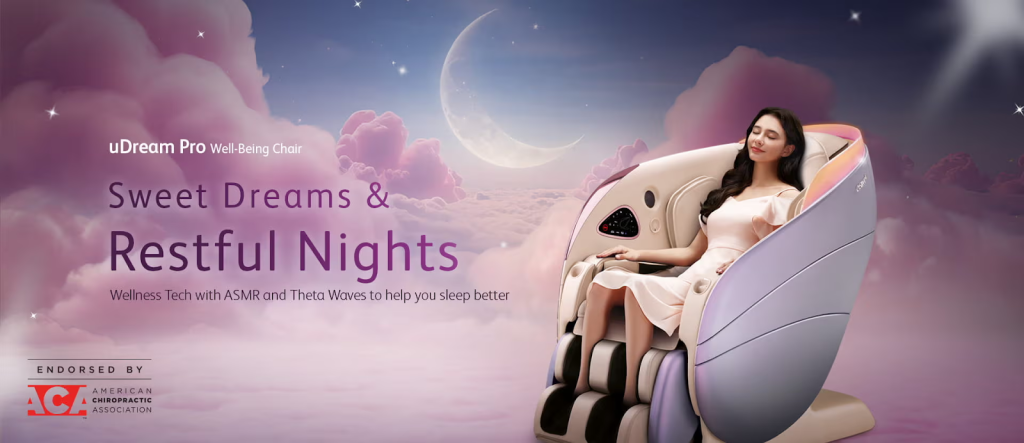
Ask yourself:
- How often will you use it? Daily = AI, weekly = traditional.
- Who will use it? Multi-user homes benefit from profiles.
- What kind of discomfort do you want to address? Adaptive pressure helps with shifting problem areas.
- What is your available space and budget? The right fit is the one you will actually keep and use.
Conclusion
An AI massage chair represents the most capable home massage solution available today. It adapts, remembers, and evolves with you, which often justifies the premium for frequent or shared use. A traditional massage chair remains an excellent choice when you want simplicity, proven routines, and a lower price.
Choose based on your real lifestyle rather than spec sheets. If you want a massage that evolves with your body, the AI route is the right fit. If you prefer warmth and predictable routines, a traditional design will serve you well. Either way, the chair you actually use is the one that will improve your evenings, support recovery, and bring lasting calm into your home.

